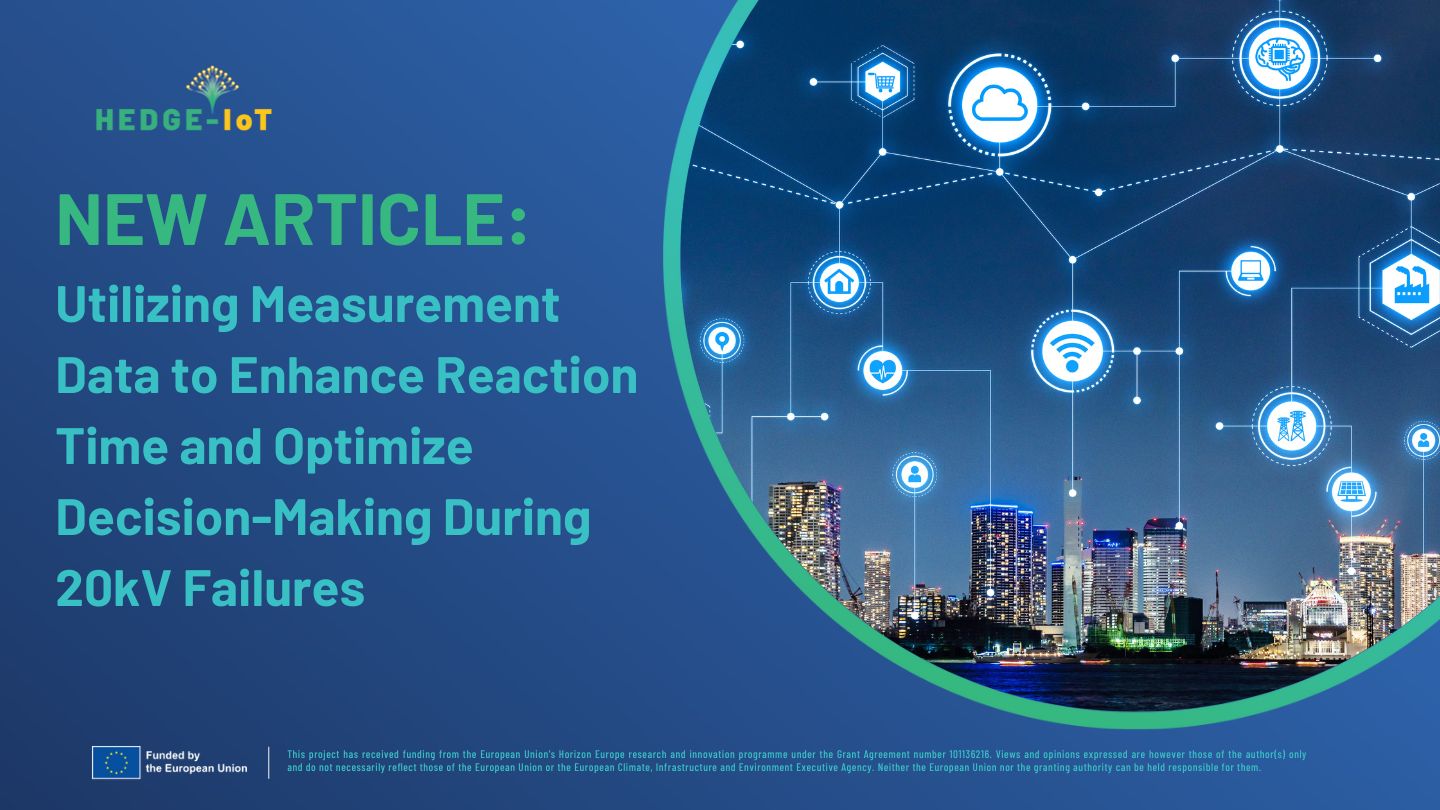
Society’s demand for reliable electricity supply is continuously increasing. Despite outage duration per customer has been coinstantaneous decreasing during the 21st century, customers demand for reliable electricity is increasing faster than renovations can improve resiliency. Although DSOs in Finland are heavily investing in network renovations to build highly reliable infrastructure, fully renovating especially rural areas is prohibitively expensive for society. To enhance resiliency everywhere, intelligent data-driven solutions are essential alongside physical renovations to achieve resiliency goals in remote locations.
DSO’s 20kVmeasurement devices continuously generate vast amount of data. Some defects could be prevented, and reaction time improved, if the data were more widely leveraged in decision-making. Due to the massive volume of data, manual processing is impossible. Real time data collection combined with advanced analytics enables cost-efficient improvements in grid resiliency.
It is a known fact that some failures could have been detected from the collected data before the final malfunction occurred. Unexpected failures result in longer outages for customers and financial losses, especially when repairs take more time and occur during nights or weekends. Additionally, reaction time after a failure occurs could be decreased with analyzed information.
However, IED’s, AMR meters and sensors generate such a large volume of data that monitoring the data streams without analytical tools is practically impossible.
DSO’s IED protection devices and AMR meters collect data in real time. Still, the data is primarily used only for its immediate purpose rather than for analytics or event forecasting. For example, SCADA systems are mainly designed for real-time control rather than extracting insights from trends. Furthermore, high cybersecurity and resiliency requirements prevent process systems from functioning as agile analytic platforms. To extract more value from the data, it should be processed elsewhere.
Another important consideration is the physical location of data processing. In a large and remote network, performing heavy edge computing at each device is not a cost-efficient solution. On the other hand, uploading all the data to the cloud can be too slow for real-time grid monitoring. A potential solution could involve using high-performance data communication infrastructure, such as an optical fiber network, with processing hardware located in a centralized facility.
DSOs are collecting a significant amount of data, the full potential of which has yet to be realized. By utilizing data analytics, the resiliency of electricity networks could be enhanced in a cost-efficient manner. To achieve financial benefits, it is crucial to identify the optimal hardware setup for the next-generation fault monitoring system. Furthermore, the system could be upgraded with remote sensors in addition to the existing hardware.
The ultimate goal of improving electricity network resiliency against disturbances in 20kV networks will likely involve a hybrid solution. Renovations will address the main lines while analytics will ensure their reliability and enhance resilience further away from primary substations and in branches.
AUTHOR:
Tomi Öster, Järvi-Suomen Energia